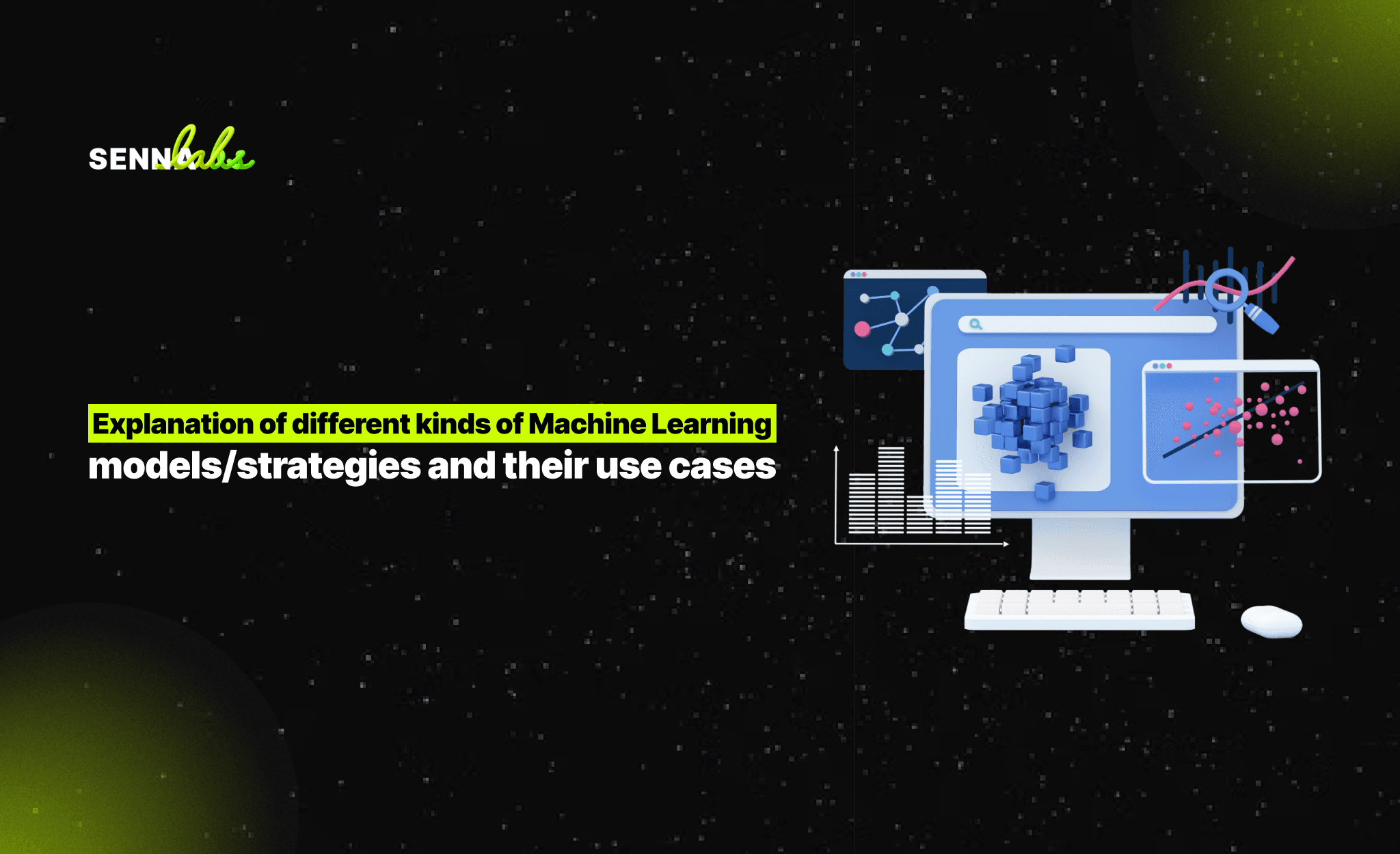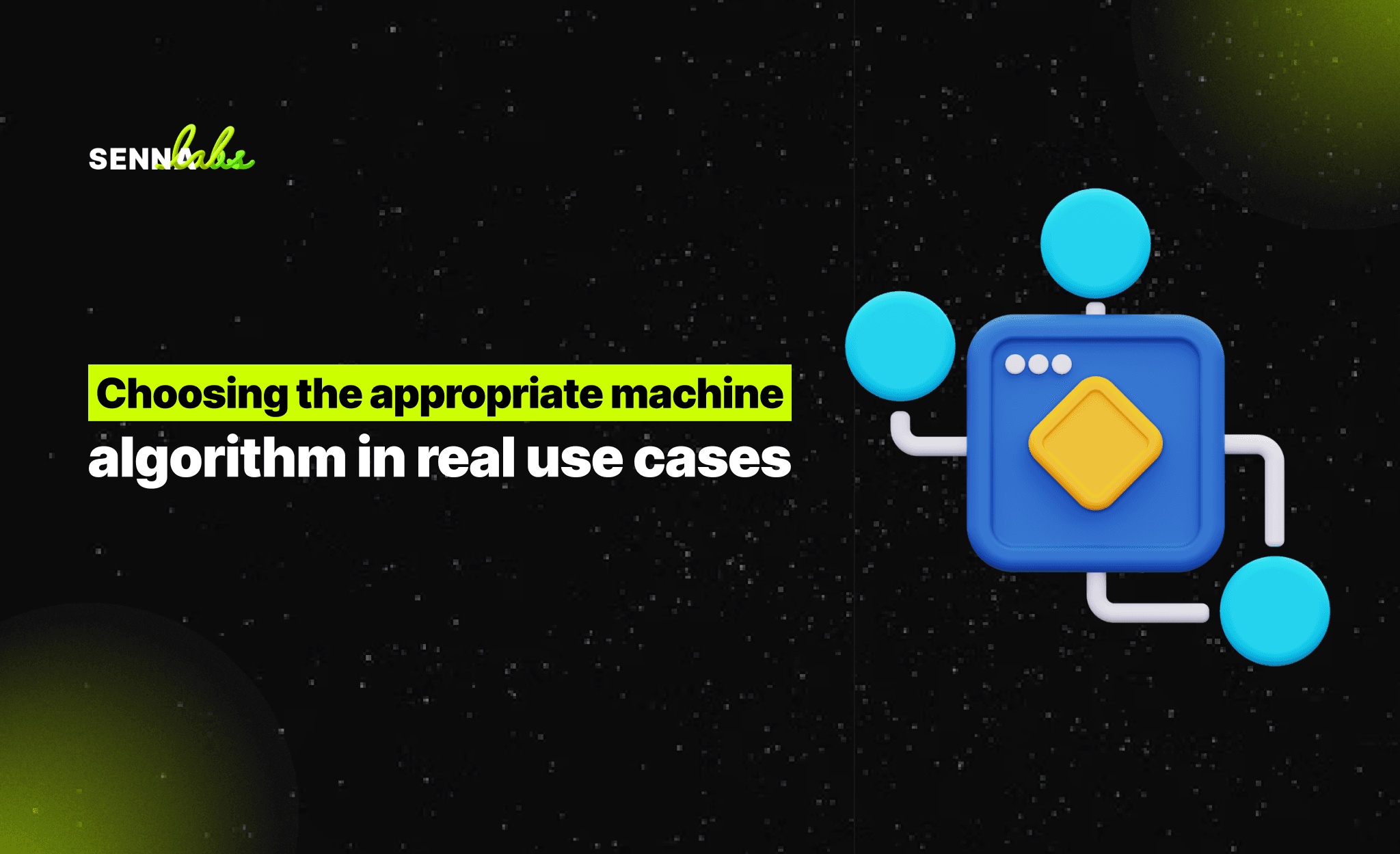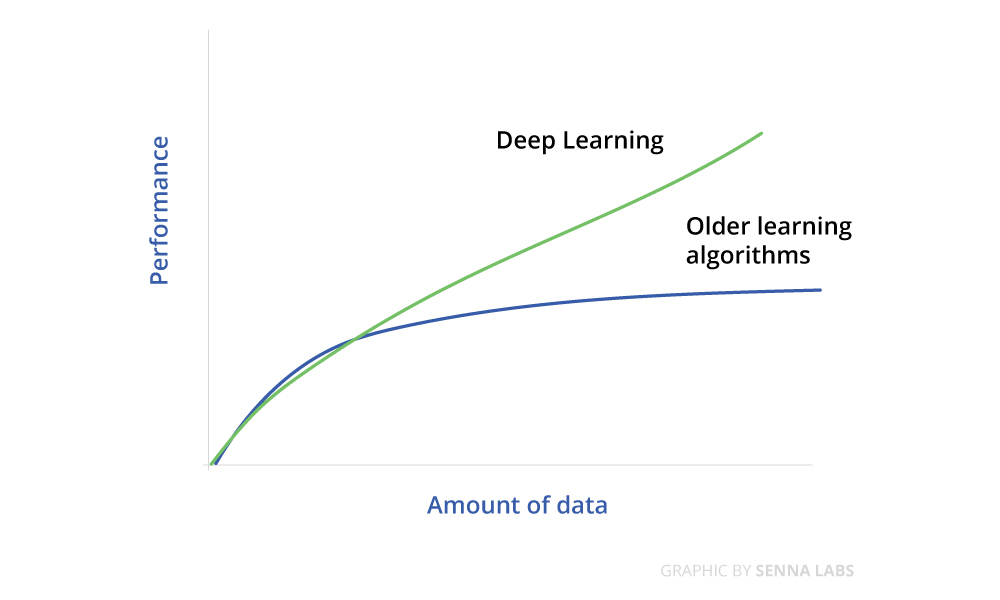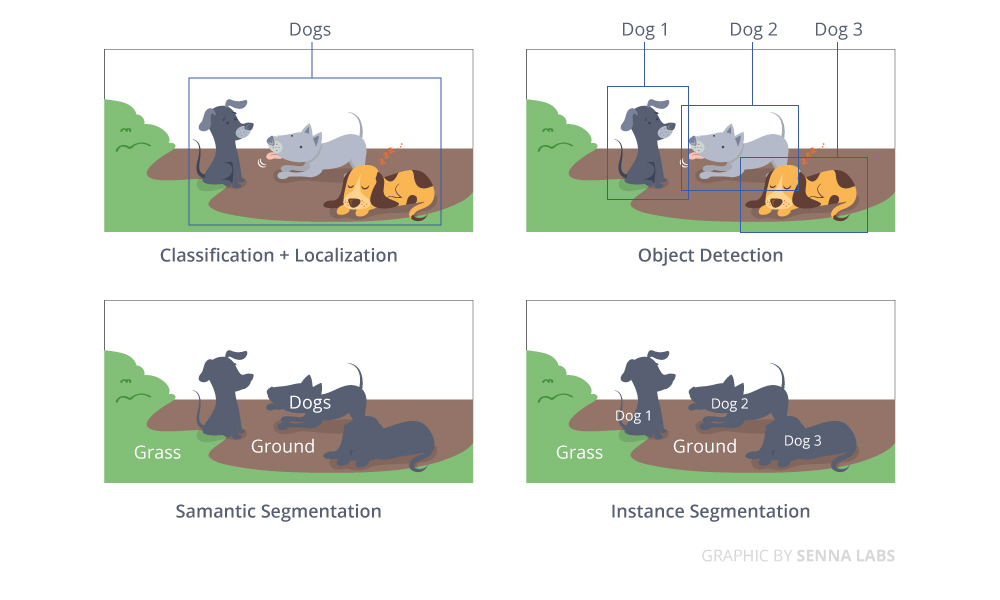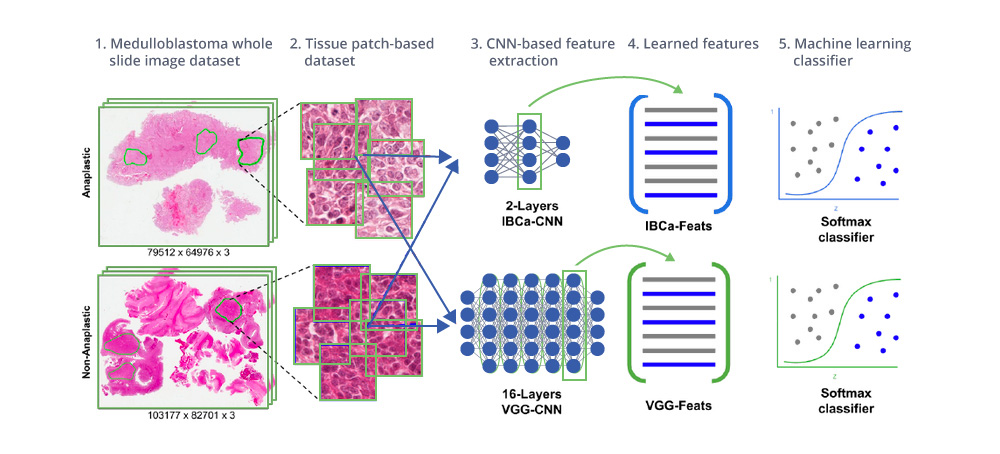Introducing to Deep Learning and Neural Network
Share
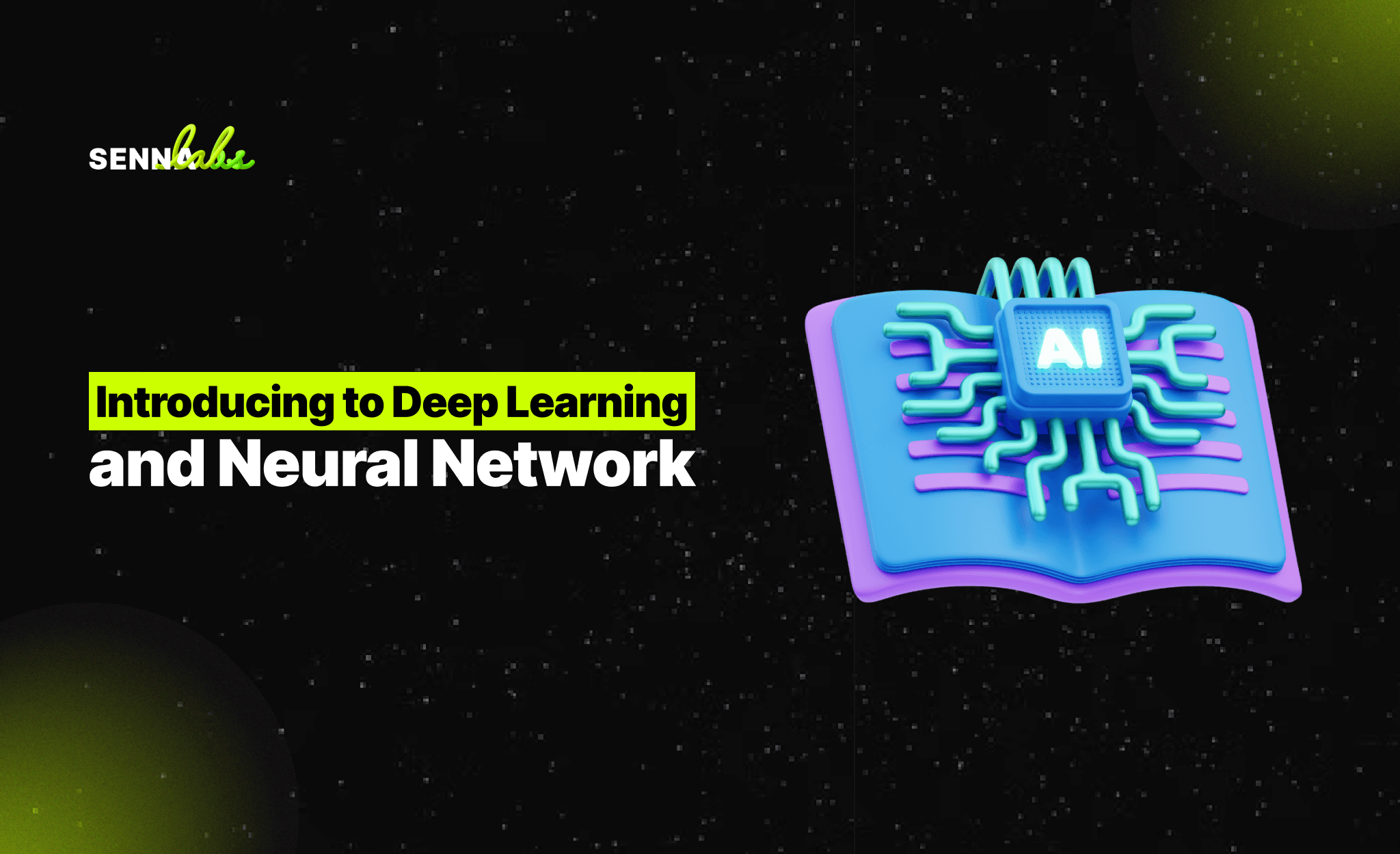
Currently, artificial intelligence (AI) is a tech trend that rapid growth, and Deep Learning are one of the contributors. Deep learning is probably one of the hottest tech topics right now.
Deep learning is a sub-field of machine learning dealing with algorithms enlivened by the structure and function of the brain called artificial neural networks. Deep learning models work in layers and a typical model at least has three layers. Each layer accepts the information from the previous and passes it on to the next one like the neural cells in our brain.
Why deep learning?
Deep Learning vs Older Learning Algorithms
One of the major reasons for deep learning is the amount of data we handle nowadays. Deep learning models tend to perform well with the amount of data whereas old machine learning models stop improving after a saturation point. Nearly every industry is going to be affected by AI and ML and Deep learning play a big role in it. Regardless of whether you are a health professional or a lawyer, there is a possibility that one day you may be replaced by a highly autonomous robot. The accuracy of deep learning has improved significantly over the years and continues to evolve.
- Computer Vision: is an interdisciplinary scientific field that deals with how computers can be made to gain high-level understanding from digital images or videos. From the perspective of engineering, it seeks to automate tasks that the human visual system can do.
Variety application of computer vision
- Neuro-linguistic programming (NLP): Uses perceptual, behavioral, and communication techniques to make it easier for people to change their thoughts and actions. NLP relies on language processing but should not be confused with natural language processing, which shares the same acronym (NLP).
- Medical care: Deep learning in health care is increasing and solving a variety of problems for patients, hospitals, and the entire health care industry.
Cancer cell detection and classification using a deep learning technique
Neural network
The key advancement in the field of artificial intelligence that allowed us to do amazing things like creating chat-bots and detect malignant tumors was the discovery of neural networks. Artificial Neural networks are a network of interconnected artificial neurons (or nodes) where each neuron represents an information processing unit. These interconnected nodes pass information to each other mimicking the human brain.
Artificial neural network architecture
The Parts of a Neural Network
- Input layer: This is literally the layer that inputs information for the neural network to process. Each circle represents 1 feature (a piece of information). This can be anything. It could be the square footage of your house for a house price prediction program, or the value of a pixel on a screen for a computer vision program
- Hidden layer: These layers do all the processing for neural networks. You can have as many of these as you want. Generally speaking, the more hidden layers you have, the more accurate the neural network will be. Each layer consists of nodes that mimic our brains’ neurons. These nodes receive information from the previous layer’s nodes, multiply it by weight, and then add a bias to it.
- Output layer: This layer simply brings together the information from the last hidden layer of the network to output all the information you need from the program.
Let's end today's article, next time we will continue on a deep detail of neural networks and a simple implementation on a small neural network.

Share

Keep me postedto follow product news, latest in technology, solutions, and updates
Related articles
Explore all
